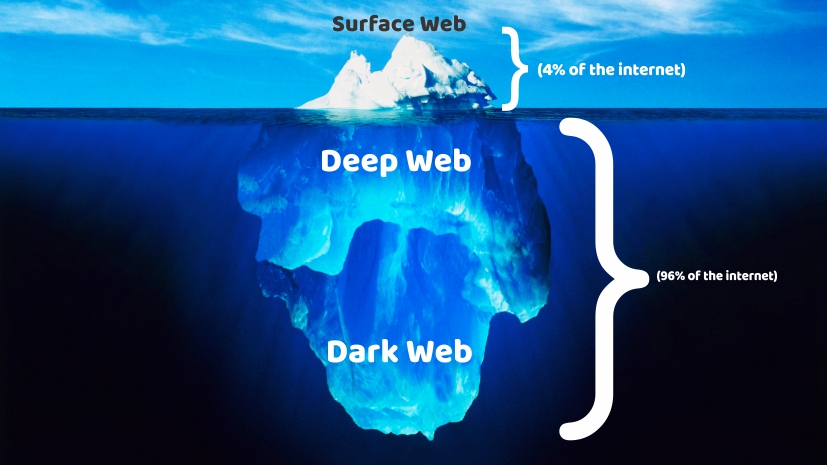What is internet?
The Internet is a global system of interconnected computer networks that use the standard Internet protocol (TCP/IP) to serve billions of users worldwide. It is a network of networks that consists of millions of private, public, academic, business, and government networks, of local to global scope, that are linked by a broad array of electronic, wireless and optical networking technologies. The Internet carries a vast range of information resources and services, such as the interlinked hypertext documents of the World Wide Web (WWW) and the infrastructure to support electronic mail.
The history of the Internet begins with the development of electronic computers in the 1950s. Initial concepts of wide area networking originated in several computer science laboratories in the United States, United Kingdom, and France. The U.S. Department of Defence awarded contracts as early as the 1960s, including for the development of the ARPANET project, directed by Robert Taylor and managed by Lawrence Roberts. The first message was sent over the ARPANET in 1969 from computer science Professor Leonard Kleinrock‘s laboratory at University of California, Los Angeles (UCLA) to the second network node at Stanford Research Institute (SRI).
Internet has been the most useful technology which helps us not only in our daily lives, but also our personal and professional lives developments. The internet helps us achieve this in several different ways. For the students and educational purposes the internet is widely used to gather information so as to do the research or add to the knowledge of various subjects. Even the business professionals and the professionals like doctors, access the internet to filter the necessary information for their use. The internet is therefore the largest encyclopaedia for everyone, in all age categories. The internet has served to be more useful in maintaining contacts with friends and relatives who live abroad permanently.
Levels of the Internet
As said above the internet is for everyone in all age categories, every individual or organisation accesses the internet at different levels depending on the information needed age and of course the level of knowledge of the internet. At the beginning the internet was used mainly for information dissemination and interaction between individuals and their computers. This changed gradually with time due to the changes and improvement in the infrastructural capability to handle more complicated and sophisticated content. Today is has become the backbone of businesses, organisations and institutions through which their operations and transactions are done but differ on the level of interaction. There are as many as 8 levels of internet depending on different writers but in this article, I’m going to narrow down to only 3 basic levels on which access is done and these are surface, deep and dark web.
Surface web (Visible Web, Indexed Web)
What is surface web? This is the top level of the internet and it is the level on which the majority of internet users have access to. This level is searchable with popular web search engines (Google, Yahoo, YouTube etc.). It’s frustrating to learn that the surface web contains only 4% of the information the internet has and this is where the majority of the internet users interact daily. This is true for even some programmers, they are not aware of the hidden web. Researches by worldwidewebsize.com have shown that The Indexed Web contains at least 5.51 billion pages (Tuesday, 09 July, 2019). Amazingly, this is just a drop in the ocean, it is 4% of the internet.
Deep Web (Hidden Web)
What is the deep web? Dictionary.com defines deep web as “the portion of the Internet that is hidden from conventional search engines, as by encryption; the aggregate of unindexed websites.” This is the level just below the surface web and it consists of government’s resources, scientific reports, legal documents, academic information, subscription reports, multilingual databases etc. The deep web is not accessible with search engines and it is used by governments, banks, police, military etc. so to get access you require proxy. A web proxy usually has one or multiple servers, when you use it to access a website, the proxy fetches the content to its server, then send the content to your computer or smartphone, the target site does not know that you’ve accessed it, and does not know your real IP address, it can only get the IP address of the proxy server. Thus even if the target website is blocked in your country, it doesn’t matter, you can still access it through a web proxy.
Dark Web
What is the dark web? Dark web is the third lowest part of the internet. The dark web is different from the deep web and the two are not synonymous. The dark web is the World Wide Web content that exists on darknets, overlay networks that use the Internet but require specific software, configurations, or authorization to access. The dark web forms a small part of the deep web, the part of the Web not indexed by web search engines also.
The darknets which constitute the dark web include small, friend-to-friend, peer-to-peer networks, as well as large, popular networks like Tor, Freenet, I2P, and Riffle operated by public organizations and individuals. Darknet websites are accessible only through networks such as Tor and I2P (“Invisible Internet Project”). Tor browser and Tor-accessible sites are widely used among the darknet users and can be identified by the domain “.onion”. The dark web contains all sorts of dirty and illegal deals like drug trafficking, child pornography, hackers and hacking materials, political protests etc.

